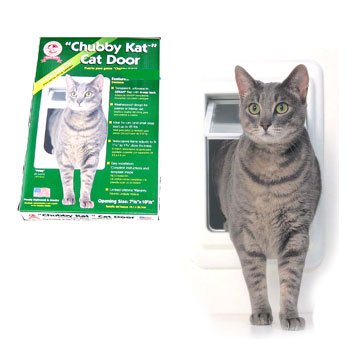Pros and cons of keeping your cat indoors
There are a many arguments for keeping cats inside. They will live longer due to the chances of being hit by a car, hurt by other people or animals, or infected with contagious diseases from feral cats will be minimized (not to mention ticks and fleas). Cats will also prey on birds and small mammals – which may bring unwanted germs into your home upon return.
  These are but a few of the issues that arise from roaming cats. On the other hand, cats derive much pleasure from exploring around outside. If cats are allowed outside they need to be sterilized to prevent unwanted pregnancies and stray issues.
Compromises – Limiting Activity and Movement
Often, a satisfactory compromise is to allow the cat out under supervision. One method used is to let them out into a fenced yard. However, if you leave them out there, they will probably eventually climb the fence. When everything is said and done, a fenced yard is really not containment for a cat.
Using a harness and leash is a method that may work. Accustom your cat to the harness first, in the same way as a collar. Then accustom them to the leash by leaving it on for short periods of time. Then take them outside, and follow them where they go (do not try to take them “on a walk”). You can proof your backyard against escape with an “invisible fence” arrangement (these are usually for dogs, but many of our models can be adapted for larger cats). These give the cat a correction stimulus when approaching the property boundary.
Receive a printable mail-in manufacturer’s rebate for
up to $50 off the PetSafe Wireless Instant Fence.Â
Make it Easy on Yourself! – Pet Doors
Pet doors are a good solution for people tired of letting cats in and out. There are many kinds of doors, including those that fit into patio doors without requiring a hole cut through the wall or door. You may have trouble with other animals coming in the door, or want to let your dog but not your cat use the pet door. The solution is an electronic pet door. The door has a lock that is deactivated by a special collar designed to work with the door. Therefore only the pet with the color will be allowed access.
Electronic pet doors are installed much like a regular pet door, but you plug them in or they run off batteries. The electronic doors need a firmer push to open than most. A great feature is the 4-way lock. The lock can be set so the cat can 1) go both in and out 2) go in only – great if you want to catch them 3) out only 4) totally locked.
It’s no surprise that cats are a bit harder to contain than cats if you allow them access to the outdoors, but with a little ingenuity, you can keep them safe.
